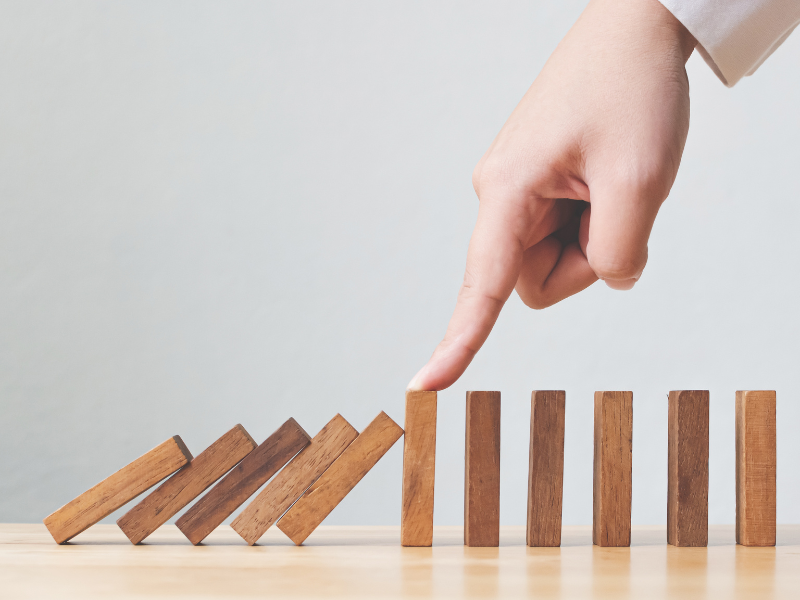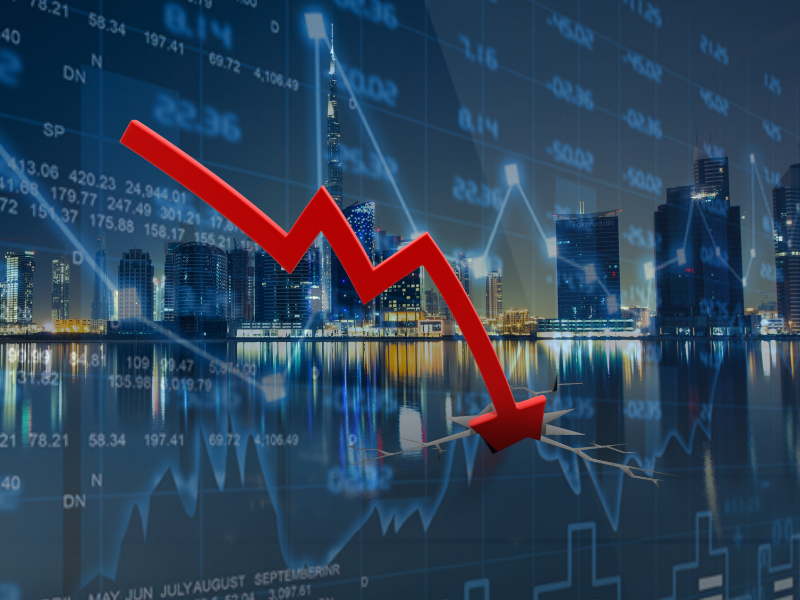A stock market crash is a sudden and significant decline in overall value of the stock market. Often characterized by a rapid and severe drop in stock price. It can be triggered by a variety of factors, including economic downturns, geopolitical events, financial crises, or other market disruptions. A stock market crash can have a significant impact on individual investors, businesses, and the broader economy. These will lead to a loss in wealth, reduced consumer spending, and job losses. Historically, the Great Depression (1929), Black crash (1987), Global Financial Crisis (2008) and 2020 Covid-19 are the well-known stock market crash.
Stock Market Crash in Malaysia
Malaysian stock market has experienced several significant crashes in its history. The most notable being is 1997 Asian Financial Crisis. In late 1990s, Malaysia was hit hard by the Asian Financial Crisis, which caused a sharp decline in the value of country’s currency, the ringgit. This had a ripple effect on the stock market, which saw a significant drop in value. Kuala Lumpur Composite Index (KLCI), which tracks the performance of the Malaysian stock market, fell from a peak of around 1300 in mid 1997 to 260 in late 1998.
High debt, increase in property prices, and reliance on short-term foreign borrowing are the factors that caused the crash. In response to the crisis, Malaysian government imposed capital controls and implemented a series economic reform to stabilize the economy. Since then, Malaysia stock market has recovered, and the KLCI has surpassed its pre-crisis levels. However, there have been other instances of market volatility in Malaysia, such as during the 2008 global financial crisis and the 2020 COVID-19 pandemic.
It is important to note that investing in the stock market always carries risks. The market crashes can happen anytime and unexpectedly. It is crucial for investors to carefully assess their risk tolerance and do research before investing in any market.

Ways To Prevent
Investors and financial community became concerned about the repeat of the stock market crash during 1929. In October 2008, when the market started to decline significantly and looked like it might crash, the dread almost came true. To avoid another stock market crash, economist and regulators developed preventive measures and found numerous causes of such slides.
Circuit Breaker
High frequency trading has been highlighted as posing a possible threat to the security of the market. “Time” magazine did a profile on the risk brought on by how quickly supercomputers produce trades. The industry’s drive to reduce trading expenses while accelerating trading is at the core of the issue. “Circuit breaker” is one measure to address the risk — a procedure that the New York Stock Exchange started using in 2010 to stop market chaos. The short break that intended to allow parties to refocus failed when it was implemented. This is because it will cause erratic behaviour on other exchanges. It is nevertheless still in place.
Securities and Exchange Commissions
Securities and Exchange Commission (SEC) was created in 1934 to supervise and restore public confidence in functioning the capital markets. SEC mandates transparency in financial instruments exchanged on the financial markets in effort to stop market crash. Additionally, overseeing stock markets, brokerage houses, and other self-regulatory entities. Furthermore, it upholds laws that control the financial sector and forbids certain behaviours, like insider trading.
Risk Firewall
Software developed to track stock market behaviour in real-time, Apama’s Risk Firewall was featured in “Computer Weekly”. Errors and fraud that could bring on stock market crashes are immediately discovered. This software supports algorithmic trading, which common in investment firms that depend on technology to move trades along securely and quickly. If suspicious trading patterns or unknown actions pose a threat to the market, Risk Firewall can stop the automated trading.

